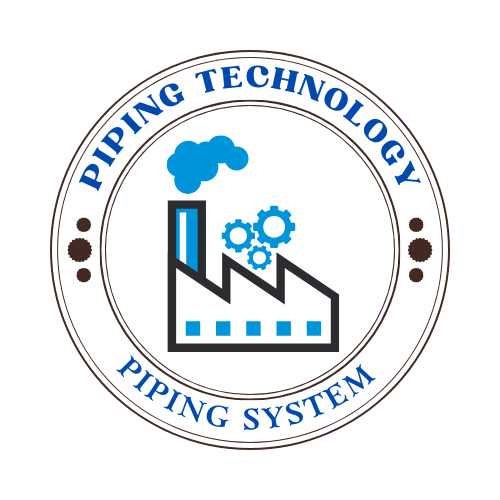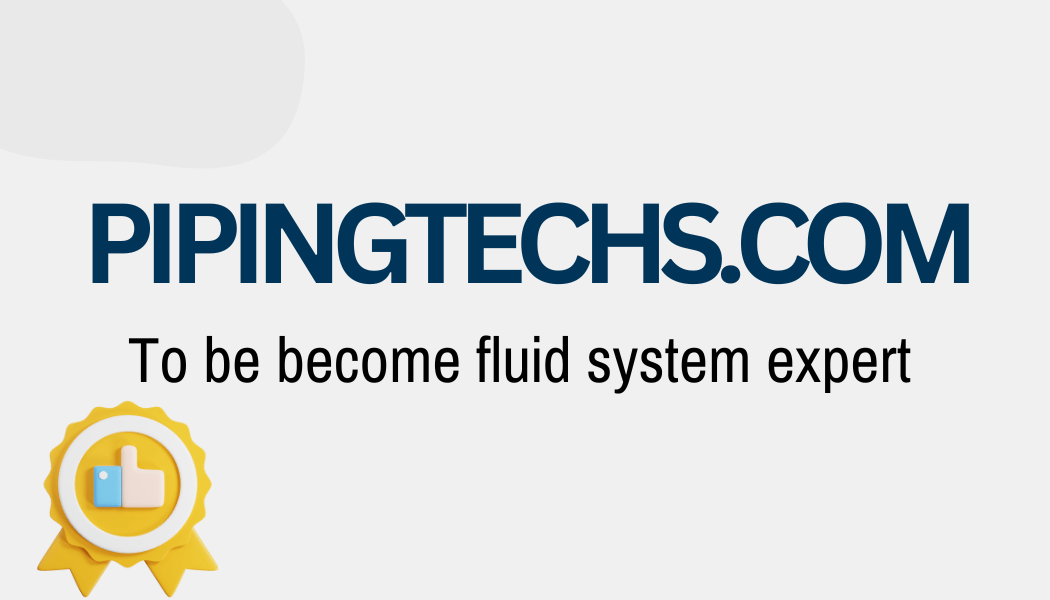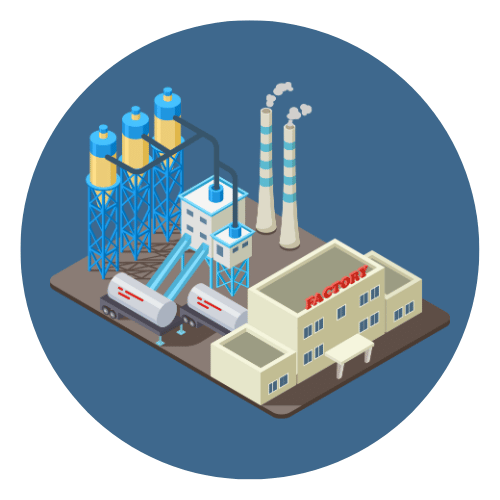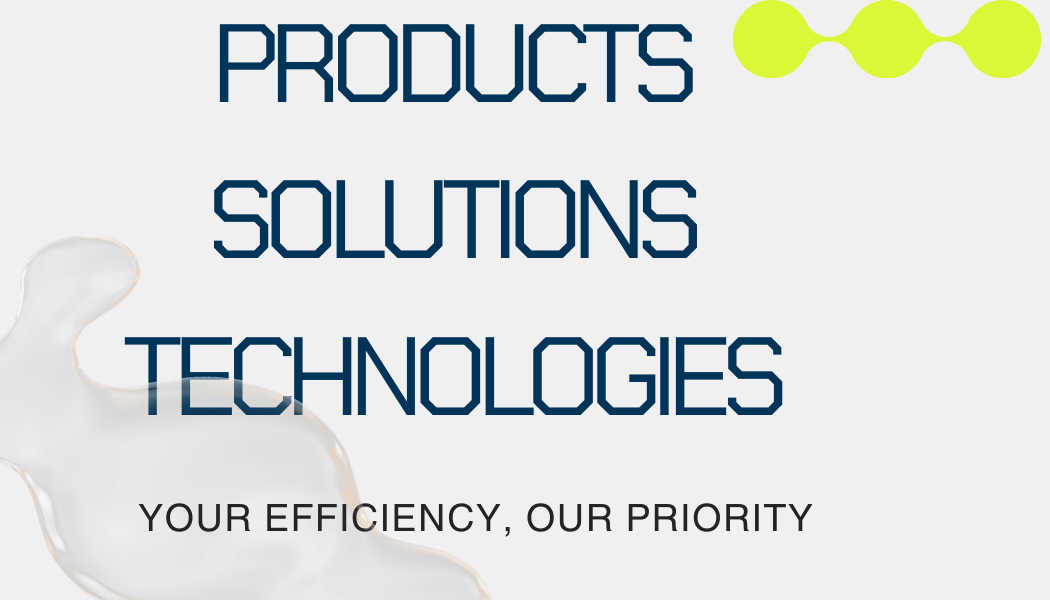
Plastic welding is a highly specialized process used to join two or more plastic components into a single, solid structure. Unlike traditional mechanical fastening or adhesive bonding, plastic welding involves the use of heat, pressure, or friction to melt the joining surfaces of thermoplastic materials so they fuse together. Once cooled, the resulting joint is often as strong as—or even stronger than—the original material. As plastics continue to replace metals and other materials in many industries due to their lightweight, corrosion resistance, and versatility, the demand for reliable welding methods has never been higher.
From car bumpers and fuel tanks to medical devices, electronic casings, and industrial piping, plastic welding is found in an incredible array of products that we interact with every day. It plays a crucial role in manufacturing processes across industries such as automotive, aerospace, packaging, construction, medical, and electronics. Each application may require different welding techniques, depending on the type of plastic, the geometry of the parts, the desired strength of the weld, and the production volume.
One of the key advantages of plastic welding is that it allows for the creation of seamless, leak-proof joints without the need for metal fasteners or chemical adhesives, both of which can add weight, cost, or contamination risks. It also enables manufacturers to produce components with complex geometries, enhancing design flexibility and reducing the number of parts needed.
However, plastic welding is not a one-size-fits-all process. With many different methods—ranging from hot gas welding and ultrasonic welding to laser welding and solvent bonding—engineers must carefully consider material properties, equipment, joint design, and quality requirements before selecting the appropriate technique. Each method has its strengths and limitations, and selecting the right approach is critical for ensuring performance, durability, and safety.
This article provides a comprehensive guide to plastic welding: from the underlying science to the many types of welding techniques, tools, materials, quality testing, and cutting-edge innovations. Whether you’re a student, engineer, manufacturer, or simply curious about how plastic components are fused together in industry, this guide will walk you through everything you need to know about plastic welding.
1. What is plastic welding?
Plastic welding is a process used to join two or more pieces of thermoplastic materials by softening them with heat, pressure, or friction, and then fusing them together into a single solid piece. Once cooled, the welded joint becomes a permanent bond—often as strong as or stronger than the original material.
Unlike adhesives or mechanical fasteners, plastic welding forms a homogeneous connection without the need for external bonding agents. It’s especially effective for creating airtight or watertight seals in plastic components.
✅ Key Characteristics of Plastic Welding:
-
Works only with thermoplastics (materials that can be melted and re-solidified).
-
Involves various methods like hot gas welding, ultrasonic welding, laser welding, spin welding, and more.
-
Commonly used in industries such as automotive, aerospace, medical, packaging, and construction.
-
Requires compatible materials—usually the same type of plastic or closely related types.


 Automation System
Automation System  Energy Engineeing
Energy Engineeing  Instrumentation System
Instrumentation System  Mechanical Engineeing
Mechanical Engineeing  Piping Technologies
Piping Technologies  Transportations
Transportations  Manufacturing
Manufacturing  Training Material
Training Material 













